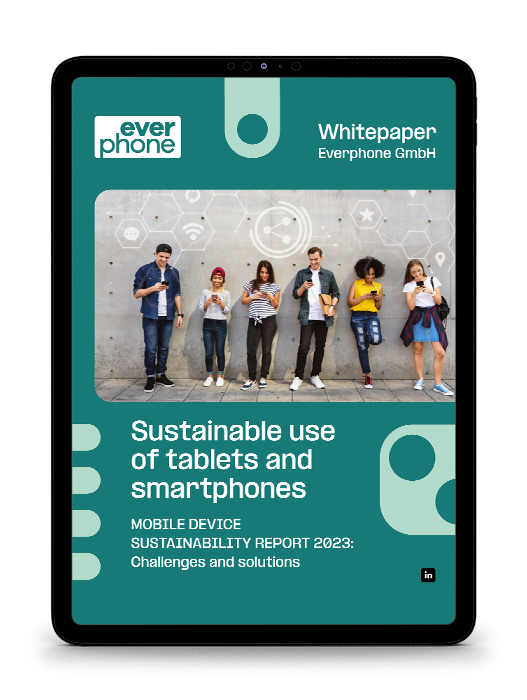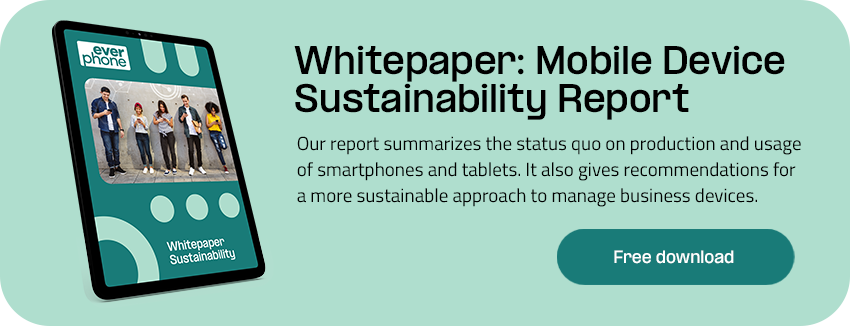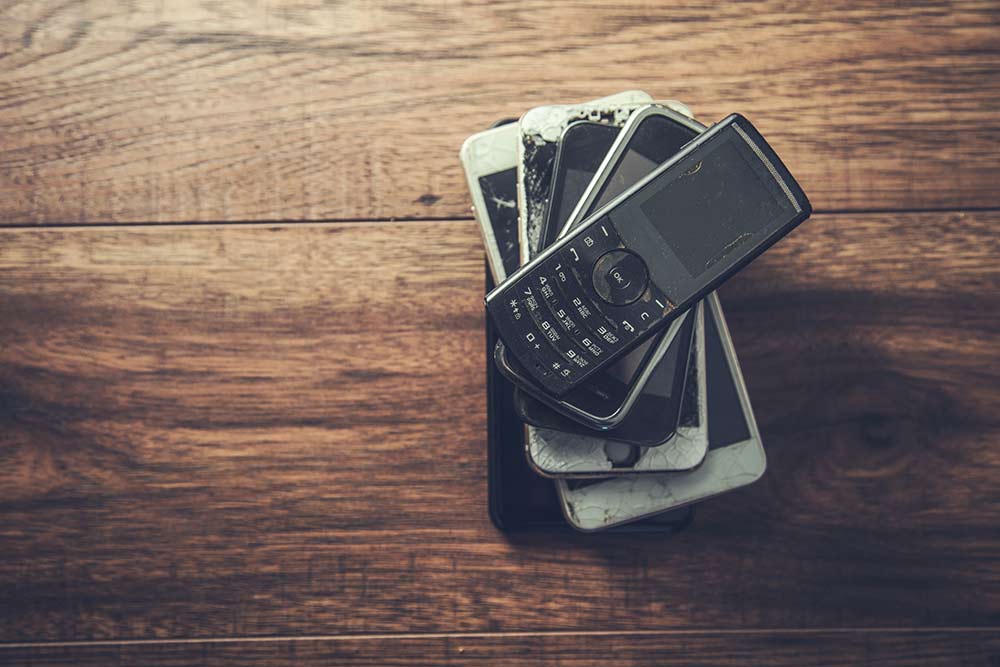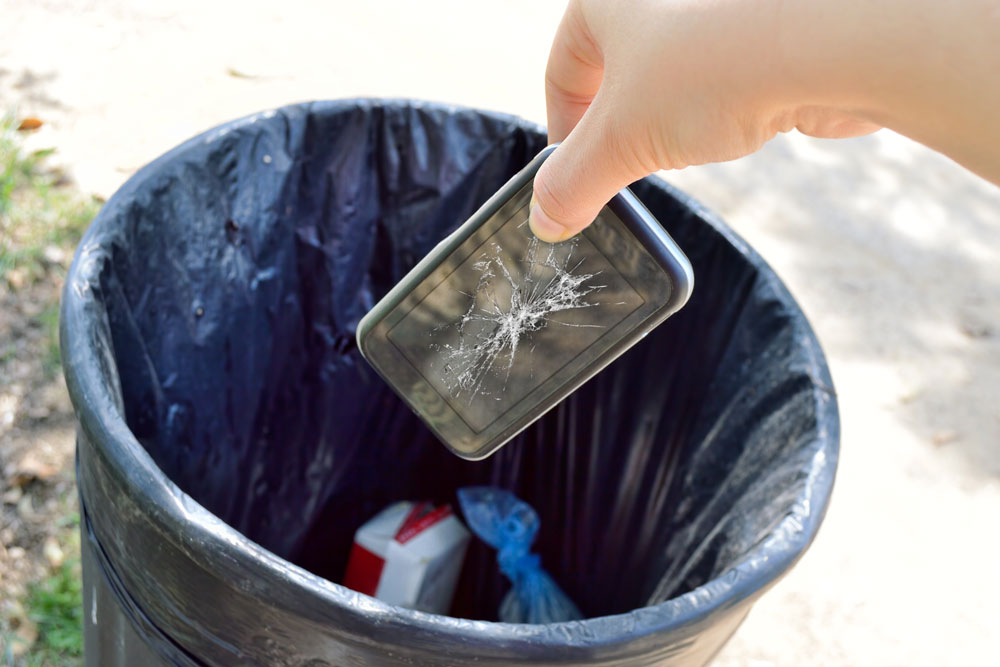What’s the CO2 footprint of a smartphone? What’s the amount of CO2 released by using smartphones? How much does the CO2 impression from smartphones harm the environment? How can one reduce C02 consumption related to smartphones? Read this article to find out and do your part to save the environment!
How much CO2 consumption is there when using smartphones?
Well, rumors are true. CO2 is released into the air when we use our smartphones. The more we use it, the more CO2 is produced. In other terms, we are talking about a carbon footprint. When defining the carbon footprint, many people take the definition from a carbon footprint expert, Mike Berners-Lee. According to him, a carbon footprint “is the best estimate that we can get of the full climate change impact of something”. It’s not 100% precise in all cases, but it’s the least we know.
Smartphone carbon footprint
There is some research devoted to CO2 and smartphones. One of those researches is done by Mauro Cordella et al. According to them, “major contribution to the CF (Carbon Footprint) of smartphones is due to extraction and processing of materials and following manufacturing of parts: 10.7 kg CO2, eq/year, when assuming a biennial replacement cycle. Printed wiring board, display assembly, and integrated circuits make 75% of the impacts from materials.
The CF is increased by the assembly (+2.7 kg CO2, eq/year), distribution (+1.9 kg CO2, eq/year), and recharging of the device (+1.9 kg CO2, eq/year) and decreased by the end of life recycling (−0.8 kg CO2, eq/year). However, the CF of smartphones can dramatically increase when the energy consumed in communication services is counted (+26.4 kg CO2, eq/year).”

So, there is a must for us, consumers, to do something about CO2 and smartphones. The article mentioned above just proves how much CO2 consumption is related to smartphones. Not to mention other electronic gadgets, such as laptops and tablets. Moreover, our every action leaves a certain carbon footprint. That won’t just be how we use our gadgets, but our eating habits, which transport we use, do we recycle, and much more.
The amount of CO2 impression in smartphone use
So, why is this CO2 impression so high in smartphone usage? It starts with smartphone production. Production of smartphones hasn’t been ecologically and environmentally acceptable from the beginning. Materials and minerals aren’t cheap at all. Many mines were opened in search of valuable materials used for creating a phone and other mobile devices. In some cases, up to 60 various materials are used for a single phone. That’s why manufacturers tend to use recycled materials for smartphone production.
We can say that Apple is the leading phone manufacturer that has set plans on how to reduce CO2 impressions in smartphones. They proudly claim that they have been carbon neutral since 2020. They plan to have all their products with zero carbon footprint by 2030. Not just that, they are finding solutions for both avoiding direct emissions and for energy efficiency. So, having an iPhone with a long lifespan is not just having prestige. It means that you care about the environment as well.
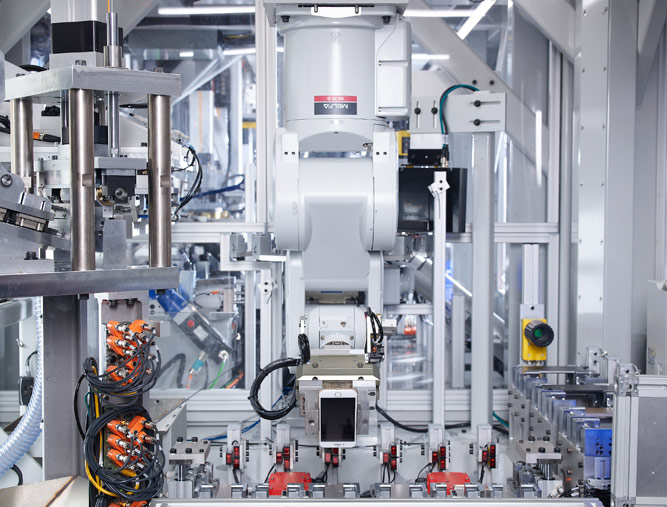
When we talk about CO2 and smartphones, what must be said is how we use our phones. To go back to Mike Berners-Lee and his book “How Bad are Bananas: The Carbon Footprint of Everything’’. He states in his book that when you use your phone an hour a day, you create 63kg of CO2 a year. When you use your mobile phone for 3,5 hours a day on average, you create 69kg CO2 a year. When you use your mobile phone 10 hours a day, you create 86kg of CO2 a year. These calculations are just for one person. Multiply it with all people (about 2 billion) who have just one phone (some have two or more because of work); the outcome will be terrifying.
Tips on how to reduce CO2 when using a smartphone
Here are some tips on how to reduce CO2 when using a smartphone:
- Mind the time you spend on your phone
- The internet doubles the CO2 impressions in smartphones.
- Rethink twice before buying newly gadget (do you really need it)
- CO2 in smartphone usage is reduced when we recycle our phones
- Buy phones made from recycled materials
- Refurbish your old phone
- Use wi-fi networks more than mobile networks
- Turn off most of the automatic options on your phone
- Rent phones for your company
- Extend your contract length
- Text rather than call (if possible, not using the internet)
CO2 in smartphone production
CO2 in smartphone production is extremely high. Phone manufacturers should invest more in phones that last longer than the current expected lifespan. The average lifespan of a phone is 2,5 years. That’s not environmentally nor economically acceptable. Phone productions from new materials are expensive, and new materials are mined in unsustainable ways. The usage of electric power has significantly increased. No matter how technology rapidly develops, one should always think about the environment.
Throwing away your old mobile phone into the garbage is one of the worst things you can do to harm nature. Not just because it creates piles of waste, but because our phone consists of some toxic substances that mustn’t end up in the soil, water or air. Phones are recyclable, and we should all opt for that. Research by Cordella et all claims this, they say that “results support the importance of material efficiency strategies for smartphones. In particular, considerable CF and LCC (Life Cycle Costs) decreases were associated with strategies oriented to extend the lifetime of the device or its parts.”
Even though CO2 in smartphones is found in phone production, we, the phone users, do the damage as well. Thus, we need to take more care about our smartphones and use them only when we need them in order to reduce CO2 production in smartphones. We may not be aware of how much our habits with phones can cause damage to our environment.
Energy consumption in smartphone usage
Let’s say more about the energy consumption when using a smartphone. Precisely, how much of the CO2 impression is related to the energy consumption of a smartphone. It should be sufficient to mention the fact that recycled materials use lower amounts of electricity when in production.
However, we shouldn’t forget the short lifespan of phone batteries. We use our phones, laptops, and other gadgets constantly. We have to recharge them constantly, as well. This nonstop charging takes up more electricity than we can imagine. This also means the CO2 impression is released when charging our phones.
Batteries are major problems. We can’t just replace them easily because they consist of lithium whose extraction isn’t assured at all, claims Greenspector. They also claim that Internet browsing and apps consume a lot of energy. We mustn’t forget the impact of Covid on energy overuse. Almost everyone worked online. Some still continue to work online. Probably, not being aware of CO2 in their smartphones.
Why is that so? “The excessive consumption of electricity required to make the internet work is partly due to structural or design problems. Thus, web infrastructures are oversized in order to respond to peak usage. (…) On the other hand, applications installed on our smartphones are too often developed in a hurry so that they can be put on the market quickly. There is little optimization; their batteries are drained in just one day, so they need frequent topping up. Finally, broadband boxes installed in the home have no stop buttons and operate day and night.”
Data transfers and CO2 emissions
According to Energuide, “a one-megabyte email (= 1 MB) during its total life cycle emits 20g of CO2 , i.e. the equivalent of an old 60 W lamp lit for 25 min. Twenty emails a day per user over one year, creates the same CO2 emissions as a car traveling 1000 km. A single router consumes 10,000 watts (10 kW). A very large data center comes close to 100 million watts (100 MW), or one-tenth of the output of a thermal power station.
In fact, on top of the consumption required to run the servers, the electronic circuits must be cooled using air conditioning. The search for a web address represents 3.4 Wh (0.8 g CO2 equivalent). But the total rises to 10 g after an internet search producing five results. If a web user makes an average of 2.6 web searches per day, this user can be extrapolated to be emitting 9.9 kg of CO2 equivalent per year.”
These facts are shocking. However, now that we know how much CO2 is in smartphones, we can take some actions that will reduce these emissions. Both manufacturers and consumers should start thinking more about fair trade in the phone industry. It’s high time to set standards in this field.
CO2 impression in smartphone daily use
Most people tend to have the latest gadgets and mobile phones, not knowing how much damage it does to our natural environment. It’s similar to buying too many clothes we don’t wear. We just create huge piles of waste. Or even buying hygiene products, not caring about the packages they are wrapt into.
Only manufacturers will create phones and stuff related to phones, especially cases of bio-plastic or any other recyclable material. Most mobile cases are made of non-recyclable plastic. Just rethink twice when you see an “adorable” phone case in a store. Do you need it, or do you just want to have it? Why not look at sustainable or eco-friendly cases instead?
Moreover, this constant change in phones is more obvious in business. What do most employees and employers do? They place their old phones into the drawers instead of recycling them. This is also important because a lot of energy and materials are saved when we recycle phones we don’t need. Those environment-oriented people turn to renting phones instead of buying them. Those services do every repair you need, and take care of your phone at the end of the use by recycling or refurbishing them.
We can see that lots of CO2 impressions in smartphones are work related. We are not here stating that we should stop using our phones for work, just rethink when buying or renting phones for a company, to go with the agency service that also recycles or refurbishes your old phones. Even if you work in a start-up business, it means a lot when you recycle. Moreover, companies should find better solutions for recycling their employees’ smartphones.
Some people seem to be glued to their gadgets, using them both for work and private use. Phones are like pocket computers used for various purposes. Teenagers use social media apps for daily communication, not being aware of CO2 in their smartphones. In their research, Cortella et al. state that phone users are unaware of the phone’s impact on their surroundings. They also claim that the authorities and those involved in the phone industry should educate all phone users about its side effects.
Conclusion: CO2 in smartphones
First of all, this article was about informing phone users about CO2 in smartphones. This whole article is based on real research that proved how much CO2 impression is in smartphone production and use. However, facing all these facts isn’t easy. We have to do everything in our power to reduce CO2 emissions whenever possible. This refers to both phone manufacturers and phone consumers. Recycling phones is thus important because those materials can be used for new phones.




